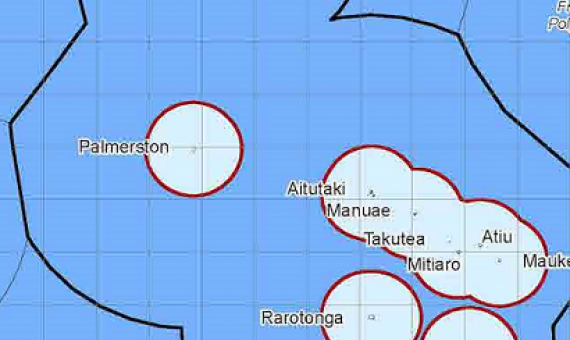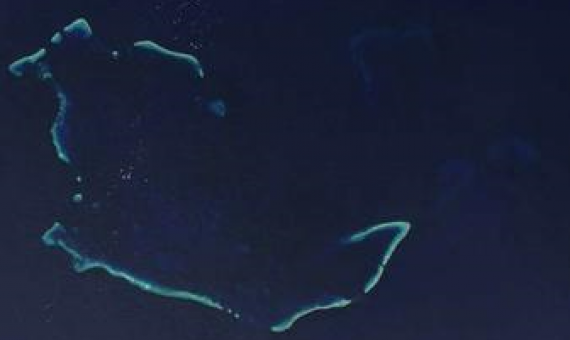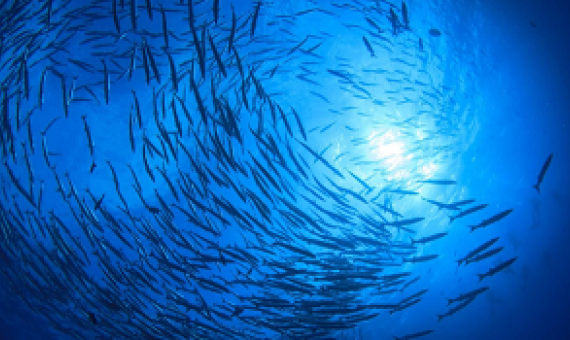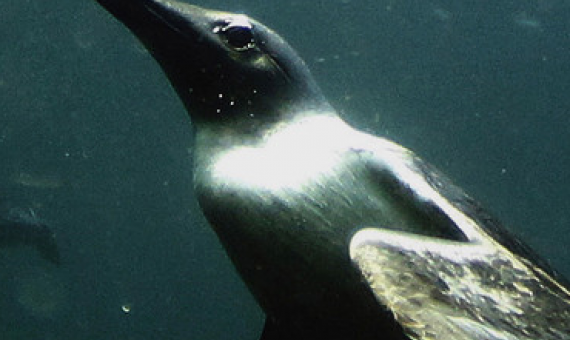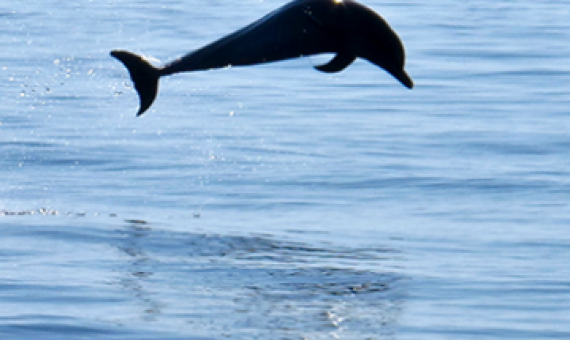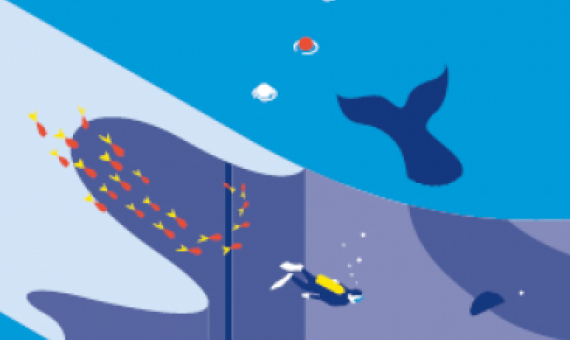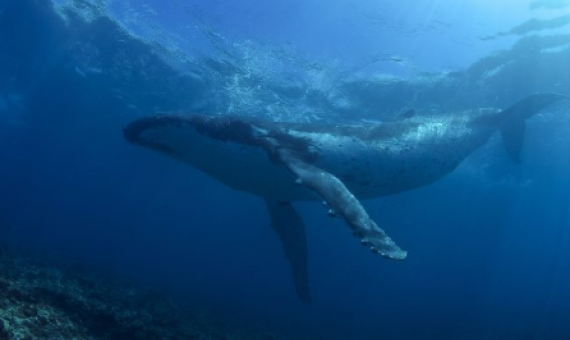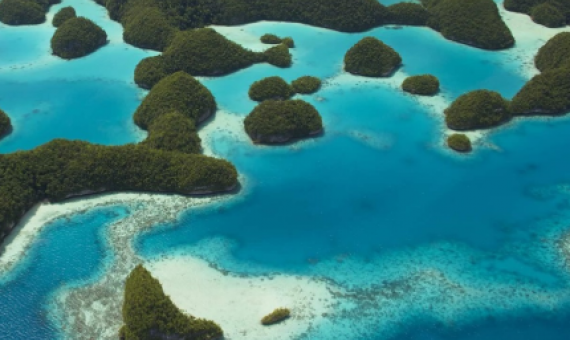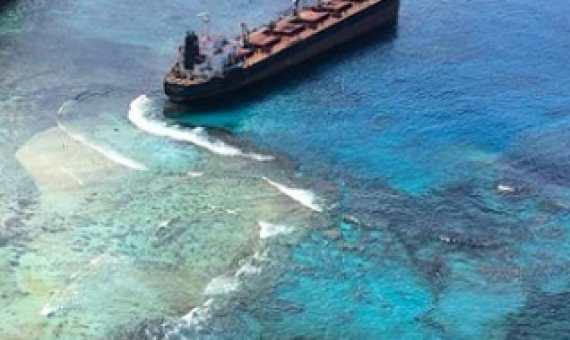In July 2017, the South Pacific nation of the Cook Islands made a bold bid to convert its entire territorial waters, the exclusive economic zone (EEZ), into a mixed-use marine protected area. Click on the link below to read the full article.
Prosecutors in New Caledonia have opened an official inquiry into the stranding of an abandoned ship in a marine reserve. Click on the link below to read the full article.
Fisheries Minister Jonathan Wilkinson unveiled new standards for marine protected areas in Canada on Thursday, fully prohibiting oil-and-gas activity, as well as mining, waste-dumping and bottom-trawling. Click on the link below to read the full article.
Last year, Fisheries and Oceans Canada appointed an independent National Advisory Panel of experts to consult Canadians about marine protection standards. Following extensive consultations in all regions of the country, the Panel delivered its report to the Government on September 26, 2018.
Our oceans face multiple threats.
Delegates were unable to bridge the gaps on issues including: the scope of the instrument; whether benefit-sharing would be carried on a monetary or non-monetary basis; and the overarching principles governing the future international legally binding instrument.
The Guide shows how integrated governance can combine the roles of national governments, local communities, and market schemes to enhance the effectiveness of marine protected areas. Click on the link below to access the full report.
Scientists have laid out a strategy to protect nearly a third of the world’s oceans by creating a massive network of sanctuaries. Click on the link below to read the full article.
Scientists are developing a prediction system that uses historical records of fishing activity and satellite observations of oceanographic conditions to direct surveillance patrols in the Republic of Palau. Click on the link below to read the full article.
An estimated 80 metric tons (88 tons) of heavy fuel oil escaped from the ship, but the government maintains that the full environmental impact of the spill remains to be determined. Click on the link below to read the full article.

